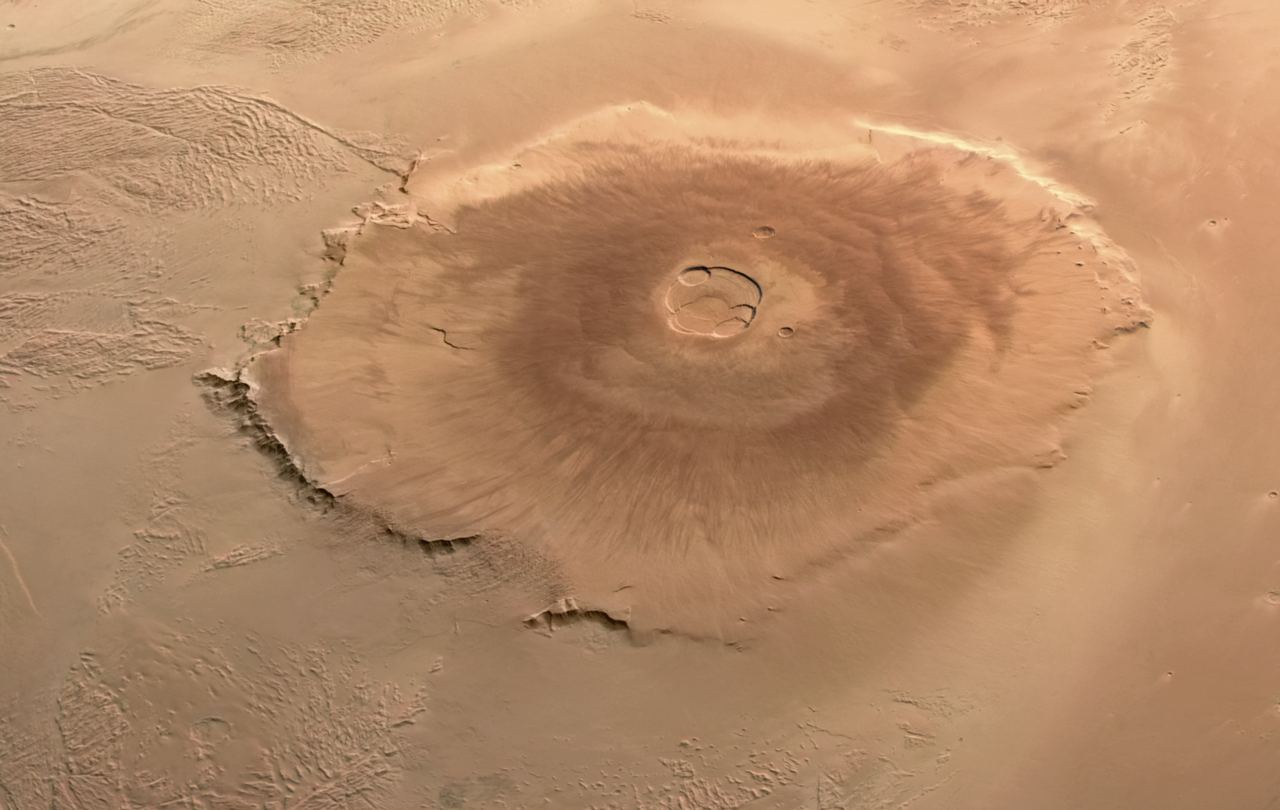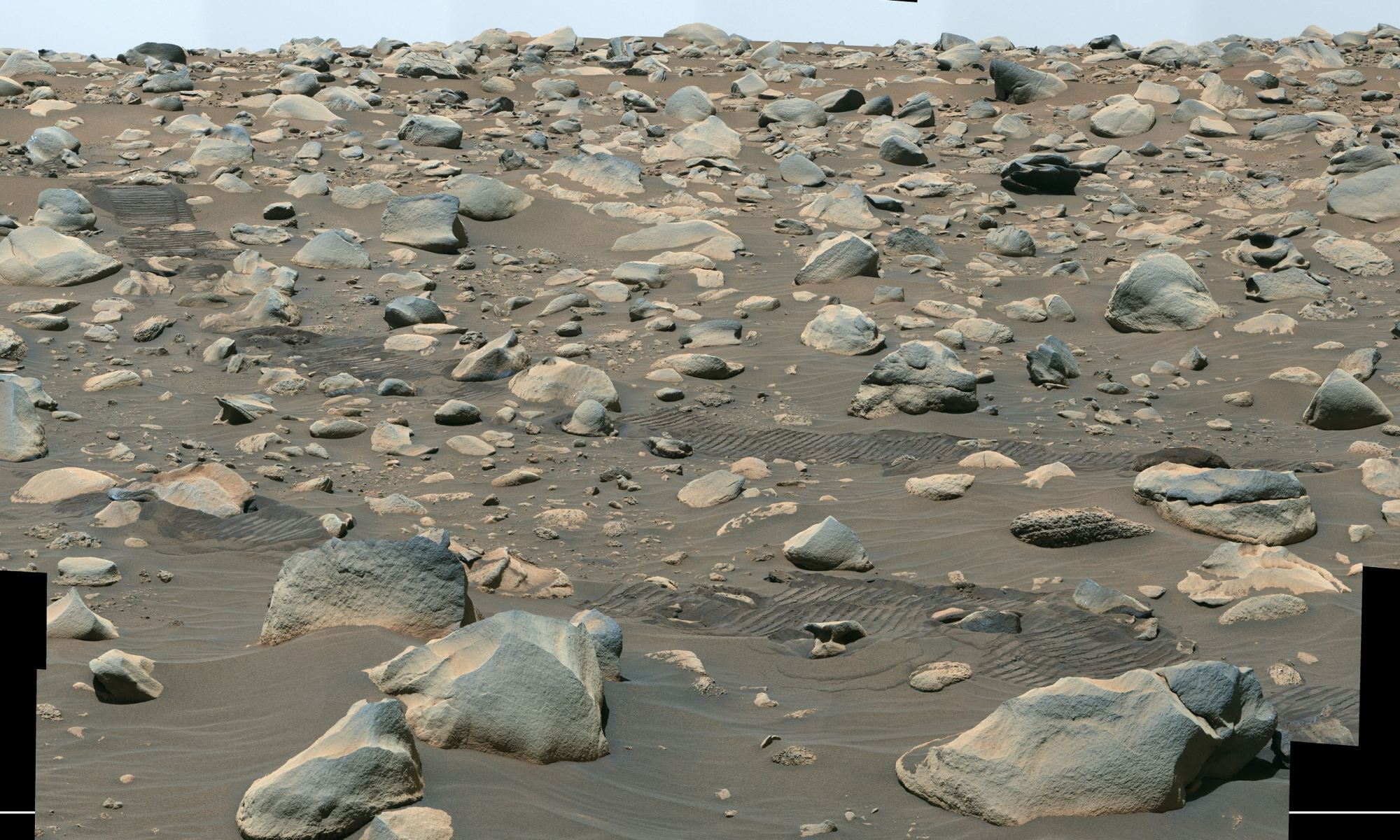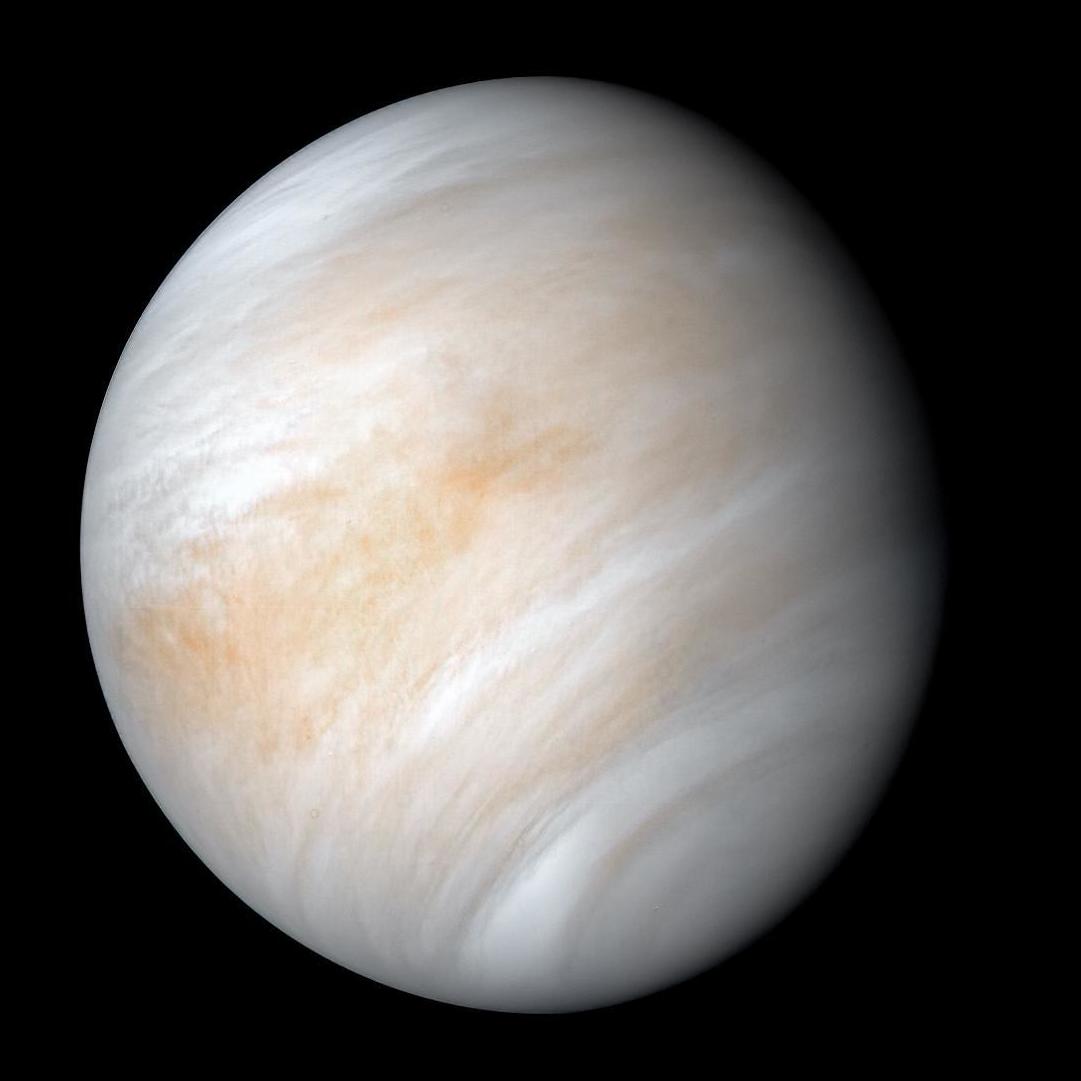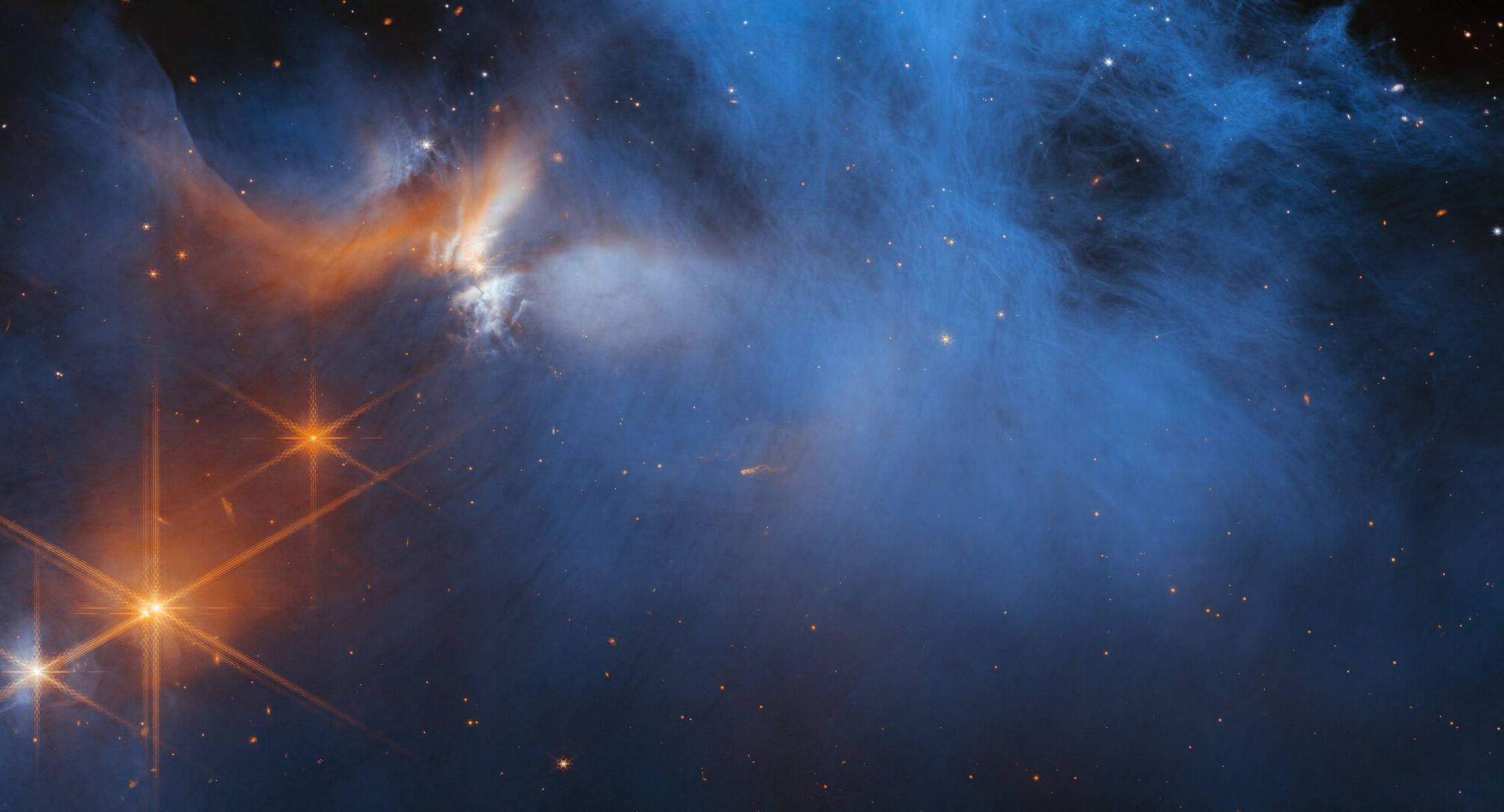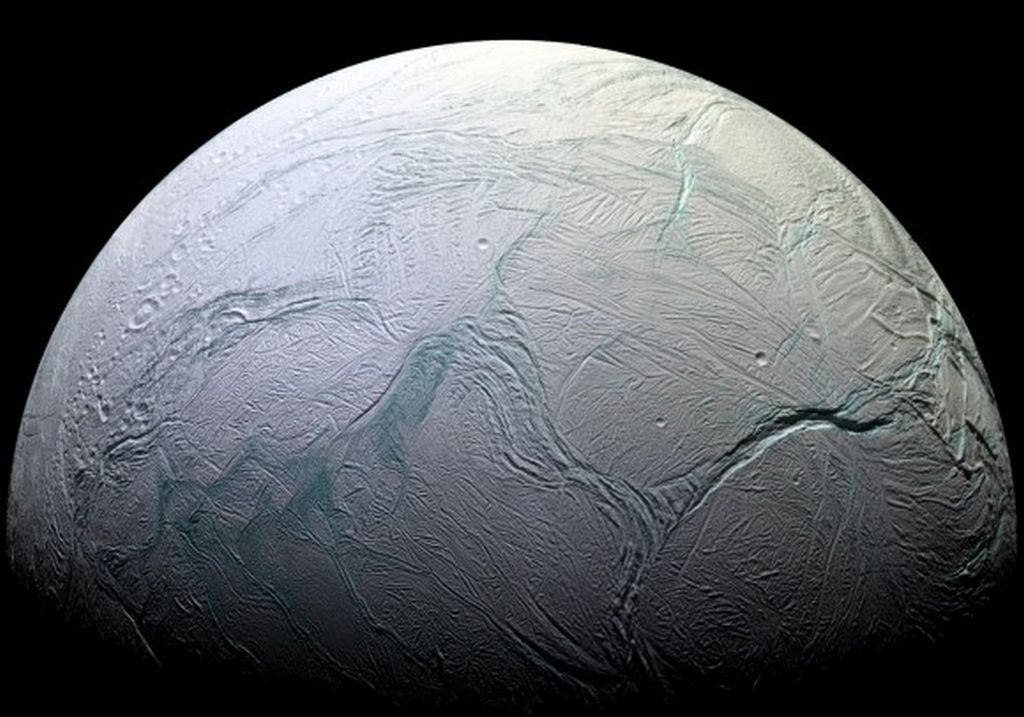When will we find evidence for life beyond Earth? And where will that evidence be found? University of Arizona astronomer Chris Impey, the author of a book called “Worlds Without End,” is betting that the first evidence will come to light within the next decade or so.
But don’t expect to see little green men or pointy-eared Vulcans. And don’t expect to get radio signals from a far-off planetary system, as depicted in the 1992 movie “Contact.”
Instead, Impey expects that NASA’s James Webb Space Telescope — or one of the giant Earth-based telescopes that’s gearing up for observations — will detect the spectroscopic signature of biological activity in the atmosphere of a planet that’s light-years away from us.
“Spectroscopic data is not as appealing to the general public,” Impey admits in the latest episode of the Fiction Science podcast. “People like pictures, and so spectroscopy never gets its fair due in the general talk about astronomy or science, because it’s slightly more esoteric. But it is the tool of choice here.”


